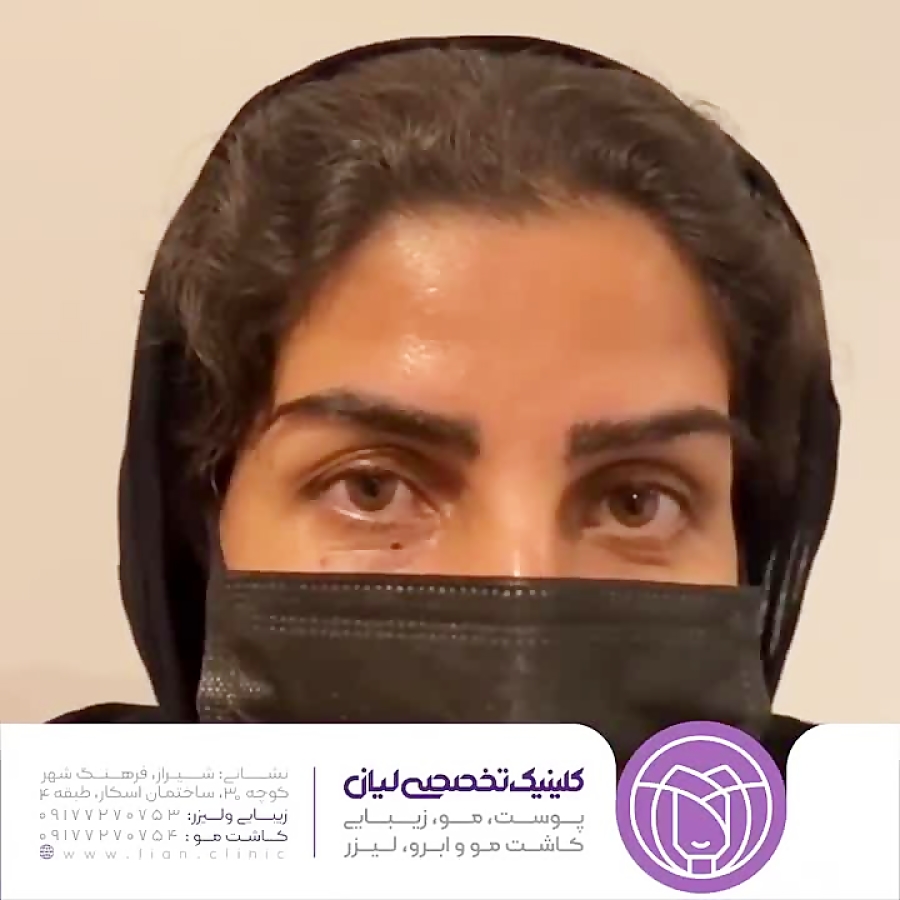The Revolutionary Role of 3D Printing in Eyebrow Reconstruction
페이지 정보

본문

3D printing is revolutionizing the way medical professionals plan and perform delicate cosmetic and reconstructive procedures, and one of the most promising applications is in eyebrow reconstruction design. For patients who have lost their eyebrows due to accident, کاشت ابرو در تهران illness, or congenital disorders, restoring a natural appearance has always been a longstanding obstacle. Traditional methods rely heavily on the surgeon’s experience and subjective assessment, which can lead to inconsistencies in shape, density, and symmetry. With 3D printing, the process is becoming more precise, individually adapted, and repeatable.
The foundational stage of this technique involves capturing a 3D facial scan of the patient’s face using state-of-the-art photogrammetry. This scan includes comprehensive anatomical metrics including brow ridge topology, orbital alignment, nasal bridge geometry, and residual hair follicle orientation. Software then uses this data to design a personalized digital arch template that reflects both natural proportions and individualized beauty standards. Unlike standard templates, this model is uniquely engineered, taking into account individual nuances like skin texture and underlying musculature.
When the 3D blueprint is confirmed, it is sent to a precision fabrication unit that creates a physical, anatomically accurate model of the patient’s facial hair zone. This model serves as a operational template. Surgeons can use it to plan the ideal pitch, tilt, and spacing parameters before making a single incision. It allows them to visualize how the new eyebrows will sit in relation to the surrounding skin and bone structure, reducing guesswork and minimizing the risk of errors.
Within the clinical setting, the 3D printed guide can be used to mark precise locations for graft placement or even to anchor micro-positioning fixtures that ensure each follicle is inserted at the correct orientation. This level of control leads to more natural-looking results, with hair growing in the ideal vector and proportional fullness to mimic real eyebrow growth patterns. It also shortens operative duration, which means diminished physiological strain and enhanced outcomes.
Beyond procedural precision, the physical templates can be used to demonstrate the projected outcome visually. This improves informed consent and emotional alignment. Patients can interact with the physical prototype, assess the proposed shape and density, and adjust expectations based on physical feedback.
As 3D printing scales in dermatologic and cosmetic practice, 3D printing is transitioning to a core component of modern brow restoration. For eyebrow restoration, it represents a paradigm shift from guesswork to accuracy. It doesn’t just enhance results—it turns preparation into an immersive co-creation between surgeon and patient. In the future, this approach could be extended to other facial features, making custom cosmetic procedures widely available with surgical-grade precision.
- 이전글How to Clearly Communicate Your Ideal Eyebrow Shape to Your Surgeon 25.10.09
- 다음글How Graft Angulation Creates Realistic Eyebrow Growth 25.10.09
댓글목록
등록된 댓글이 없습니다.

